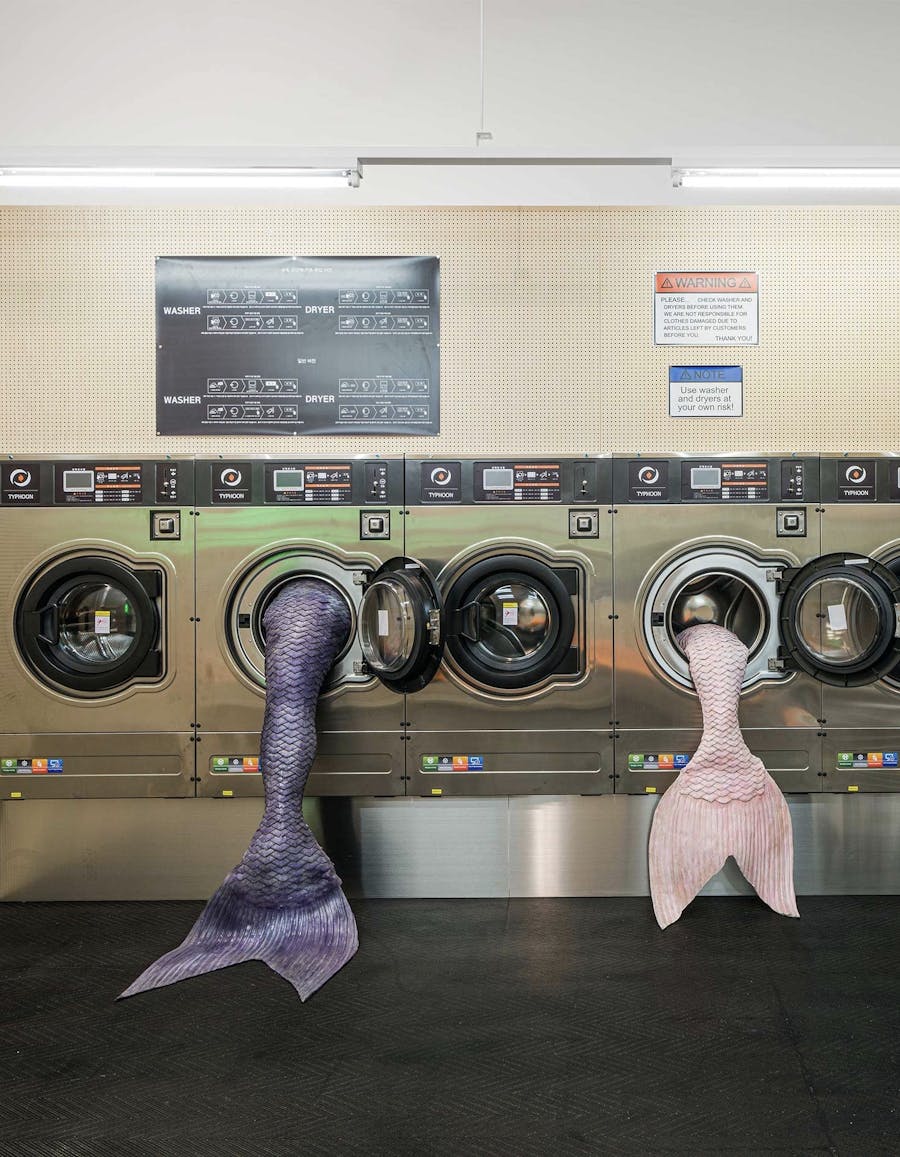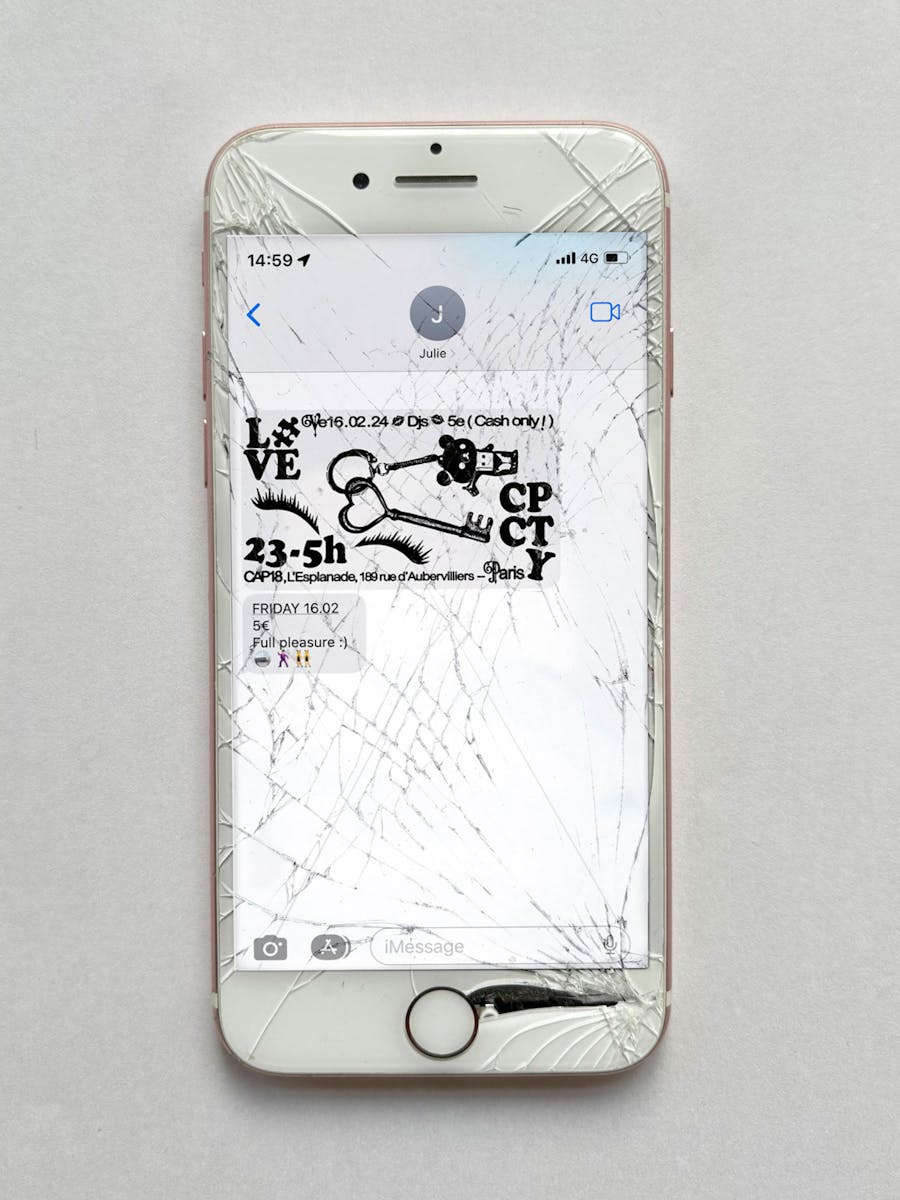From the Euphoria Issue
Let’s start with a little quiz: what do Herodotus, Michel Foucault, the Scythian warriors and Rihanna all have in common? They have all, at some point in their lives, experimented with and talked about the euphoriant effects of psychotropic drugs. Used to broaden, alter and expand the bounds of consciousness, drugs and artists often come into contact with each other on the path to creation, where time detaches from the real and the ramparts of the imaginary dissolve. Following in the footsteps of the writer Cécile Guilbert whose anthology Écrits Stupéfiants (Robert Laffont, 2019) examines the use of drugs in literature from Homer to Will Self, here is a little, non-exhaustive overview of the substances which have inspired a handful of artists.
Morphine – Françoise Sagan
“For artists, people who have a somewhat heightened sensibility because they are creative and therefore vulnerable in certain ways, it’s not surprising that they want to place a veil or a kind of buffer between life and the self (...) Like cotton wadding, between life and its blows.” The words of Françoise Sagan, stuttered into the microphone, with a bit of embarrassment, during a show. As she always recognised, it was easier for her to write than speak. It was suffering that drew Sagan into morphine addiction. Already given to excess, the writer abandoned herself to morphine after a terrible car crash in 1957 which left her with multiple injuries causing her pain until the end of her life. To ease this pain, doctors prescribed her a morphine substitute, Palfium 875, which gave her a feeling of comfort, psychic swaddling and calm euphoria, on which she quickly became hooked. This addiction led her to rehab where she wrote Toxic, a kind of logbook and a rich auto-observational narrative. During cold turkey, during which she did not reveal in a methodical manner what was happening inside her, every day Sagan had to resist opening the little blue bottle of 875 which taunted her from the bedside table. This test which was designed to reinforce the patient’s willpower, Sagan often failed. Toxic remains one of the most beautiful works written under the influence, through which the reader accesses the ongoing psychic battle of a morphine addict, torn between the desire to be free from dependency, and the pleasure of no longer suffering.
Xanax – Bryan Lewis Saunders
The effects of Xanax are simple and its success characteristic of our age. Belonging to the family of benzodiazepines, it suppresses the production of neurotransmitters, the role of which is to interpret fear and translate danger. For a more prosaic definition of the effects of Xanax, a brief visit to the Urban Dictionary suffices: “You could come home to find your house on fire and simply not give a shit”. Therefore, it's not surprising that it suits a generation raised with the constant threat of imminent multi-system collapse. Since it quells anxiety and whispers of a world which is adrift, many artists have used it in their creative process, seeking to build a psychic alcove around themselves. In 2001, the American painter and performance artist Bryan Lewis Saunders undertook an experiment over 13 days in which he ingested all kinds of medications and psychotropic substances, prior to beginning his work. The result was around 20 hallucinated self portraits, described meticulously in a logbook. On the subject of Xanax, Byran Lewis Saunders writes: “After taking 2mg of Xanax, a feeling of comfort in my mind and in my body took hold of me. The composition of my colour palette was done instinctively and on it were sections with earthy colours, with dusty clay colours. I simply drew what I felt and saw and my use of colours became very harmonious under the effect of Xanax, which anchored me in the earth and reconciled me with my introversion. I had a lot of energy but it was not nervous energy (...) Xanax seemed to prevent my energy from transforming itself into angst or anxiety. Physically, I felt warm but it was very comfortable. The increase in my body temperature did not worry me in any way (...) It was a wonderful experience.”
Ecstasy – Happy Mondays
Legend has it that in 1987, a close friend of the Happy Mondays from Amsterdam managed to smuggle 15,000 ecstasy pills onto British soil. It was on the dancefloor of the Hacienda in Manchester, right next to the speakers, in a corner known to all as “the E corner,” that the cargo was re-sold under the amused eye of a man nicknamed Bez. For those unfamiliar with him, Bez was the cornerstone of the Happy Mondays, without whom the magic of the group would never have worked. He plays no instruments, and doesn’t sing (it’s not even clear if he speaks) but Bez dances. Like nobody's business. Without ever stopping. Perched on the stage of the club central to the story of Acid House and the early days of rave culture, he embodied all by himself the wonder of the Ecstasy years. At that time, English youth was desperately seeking an escape from the pervasive gloominess of the Thatcher era. And it was at parties and in ecstasy (literally) that it would find its salvation. Procuring for those who use it a feeling of deep euphoria, well-being, empathy and union with the collective, ecstasy also stimulates speech and encourages honesty. All of these effects, heightened by the trance rhythms of Acid House, made a success of both the substance and the rave scene of which it was an integral part. Not to mention of the Happy Mondays themselves.
Heroïne – Nan Goldin
It was on the fringes of Boston in the 1970s that Nan Goldin laid the foundations for a photographic aesthetic of the ordinary. Her ordinary. A process that the philosopher and professor Marianne Massin describes as “an aesthetic apparatus that partly works against the anaesthetising of atrophied and repressed emotions, against the inability to feel something, but which is also partly against the hyperaesthesia of the ‘flashes’ of the drugs.” From the start, Goldin photographed her milieu, her friends, the creatures of the night who gravitated towards her and the underground circles she frequented, where drugs were mixed in with love, joy and violence. This is the world Goldin documents without censure, posing as both participant and observer, centre stage, moving ceaselessly back and forth, now in front of her camera, now behind. She started using heroin when she was 19. “Photography and drugs saved my life. I think that drugs moulded my personality,” she confided one day. “It freed me before it became my prison.” She got the better of her addiction following a spell in rehab, but it is nonetheless at the core of her work. Today the photographer is battling to raise awareness about the opioid crisis ravaging the United States through her collective P.A.I.N. It campaigns against the Sackler family, at once the owners of Purdue Pharma, which produces Oxycotin (to which she became addicted after an operation), but who are also one of the major patrons of the Guggenheim. From her first shots to her latest demonstrations, Nan Goldin has exposed the limits and conjured the destiny of her own generation, in the hope that history will not repeat itself.
Opium – Jean Cocteau
The ultimate literary drug, opium has long been described as the secret door of writers, allowing them access their inner dreams, to the higher dimensions of the imagination and a kind of creative immortality. Jean Cocteau was a huge fan of it, even an evangelist. It was on the advice of the musicologist and writer Louis Laloy, after the death of his first love, Raymond Radiguet, in 1923, that Cocteau started taking opium to manage his depression, recover his concentration and transfigure his suffering. The sophistication of the ritual and the oriental aesthetic of opium dens seduced the artist who regularly sang their praises. During a second (failed) attempt at detox, Cocteau produced a wonderful “cure story” in which he describes his passion for the black poison, in which he writes, “everything we do in life, even love, we do it on the express train to death. Smoking opium, it’s jumping off that moving train, it’s thinking about something other than life, other than death.” In another text, Cocteau describes with all the poetic force he has the physical sensations produced by the drug. “Here’s the thing: opium swaddles us, it carries us on the river of the dead, it disembodies us to the point where it makes of us a weightless prairie, the night of the body is teeming with stars.” Throughout his life, Cocteau never really abandoned opium, as “opium isn’t something you just flirt with. It isn’t something to have a bit of fun with – you become wedded to it”
Cocaïne – Bret Easton
Ellis Twitter, December 2012. “Come over at do bring coke now.” Oopsie... Bret Easton Ellis opened the wrong app and what was supposed to remain a private request (or order?) was suddenly all over the Internet. Nevermind, no one was surprised to learn of Easton Ellis’ strong taste for cocaine, which is present throughout his oeuvre. But this non-avowal eroded the boundary separating the writer from his characters a little bit more – the attraction from its repulsion. The polemicist offspring of the 80s, Bret Easton Ellis became known as the acerbic portraitist of gilded American youth, violent and dark, motivated by sex, coke and a murderous thirst for glory. A repellent world which the author both observes and in which he participates. So what do you know? Brett Easton Ellis takes coke. A lot. And he is not the first. Cocaine, which the writer Cécile Guilbert describes as the “lubricant of capitalism,” along with amphetamines, is generally consumed by writers in search of productivity and stamina, also endowing those who ingest it with self-confidence… and arrogance. During the golden age of coke, in the Reagan years, cocaine, which was expensive, also became the symbol of social domination, known as the champagne of drugs, in opposition to its desperate and destitute twin, crack. To better understand the effects of cocaine on Bret Easton Ellis, as on his practice, perhaps we could simply recall the caustic definition which Virginie Despentes offered to Le Monde in 2006: “Coke just produces arrogant dickheads, they don’t shut up, they’re very sure of themselves, aggressive, paranoid, not nice to be around at all (...) it’s the drug that brings you into society, a drug very much for white people, politically very freighted (...) Once you’re involved in cocaine all that counts is buying more of it, so you'll work in any conditions.” Enough said.
Magic Mushrooms – Seana Gavin
The collages of the Anglo-American artist Seana Gavin are disorientating. The simple fact of looking at them guarantees a psychedelic experience in and of itself, a sort of uncontrollable slide into a hallucinatory world, built on a giddying overlaying of layers. A fantastical universe in which very friendly giant mushrooms rub elbows with Egyptian sphinxes, references to pop and classical culture, and futuristic buildings loom against a cosmic background. On the subject of her use of psychotropics, Seana Gavin remains discreet. She prefers to reminisce. Her visions come from memories she retains of her trips under the influence of shrooms, undertaken when she was only a teenager, affiliated to the rave collective Spiral Tribe. “What I’m interested in are the different states of consciousness in which the laws of the real no longer apply [...] The potential existence of parallel universes and the anticipation of future worlds also really inspires me. The mushrooms often melt into these landscapes. [...] I grew up in Woodstock, which has left its mark on me. The town has lots of psychedelic references inherited from the famous festival of 1969.” It seems that the doors of the imagination, once opened by magic mushrooms, never close. Seana Gavin is perhaps the living proof.
LSD – Michel Foucaut
California, May 1975. Michel Foucault takes LSD for the first time. Over the course of the decades following this event, the rumour of this psychedelic journey travelled around academic circles until it took on legendary status. No one really believed it. And yet. We would have to wait for the publication of the ‘travel log,’ in the keeping of Foucault’s host and initiator, a young academic called Simeon Wade, for the gossip to fall silent and History to be written, 35 years after the event. In this manuscript, even though Foucault is not narrating it personally, thanks to Wade’s narration, an early acolyte of the philosopher, we can glimpse the lysergic visions which were scrawled across the sky that day in Death Valley. “I was perceiving phenomena on several levels simultaneously, as if my soul were an 8-track recorder, each sensation having several tracks of its own. I could speak, think, desire, hear, see, feel, imagine, remember on several levels connected to the experience of the marvellous,” said the author of Foucault in California. Mid-trip, with Stockhausen’s Gesang der Jünglinge playing in the background, Foucault apparently said: “The sky has exploded and the stars are raining down on me. I know that it’s not true, but it is the Truth.” The philosopher would later describe this trip as one of the most important experiences of his life. On his return he spent almost a month trying to recover the state of consciousness attained in Death Valley. In vain. Only drugs had the power to guide him on the path of the psyche, of the true
MDMA – Rihanna
There is no significant chemical difference between Ecstasy and MDMA. However, they are consumed differently. If the former is swallowed in pill form, the latter is most often encountered in the form of little crystals. A synthetic psychotropic drug, which was manufactured for the first time during the First World War for soldiers, and the chemical structure of which closely resembles that of amphetamines, MDMA as we know it today was created in the mid-1970s in the laboratory of Californian chemist Alexander Shulgin. Categorized as an empathogen (a substance which generates empathy) and entactogen (a substance which encourages touch), MDMA is a social drug, a drug of the relationship with the other, of communion and desire. The termination of the military research dedicated to MDMA during the inter-war period make complete sense. Can people really kill each other under the influence of MDMA? Nothing is less certain. Declared “emblematic” and “generational” by the French Monitoring Centre For Drugs and Drug Addiction (EMCDDA), MDMA’s appeal is that it counters modern individualism and the ever increasing fragmentation of groups and leads the user on a quest for boundless fraternal love. In the video for her hit ‘We Found Love’, Rihanna appears with pupils dilated under the influence of MDMA. We follow the circumvolutions as she comes up, the initial intoxicating giddiness, the intensity of the love felt for the other and then the inevitable come-down. “We found love in a hopeless place” communicates the desire of a whole generation hoping to find in collective dance, elemental ecstasy and love, a way of repairing a world in ruins.


